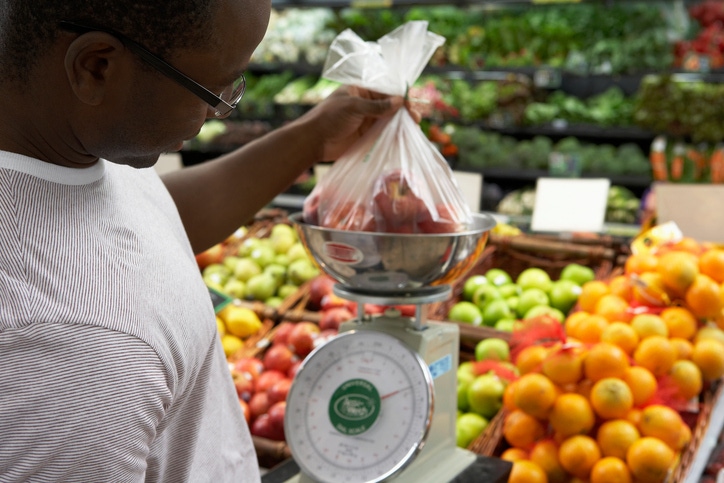A new report identifies triggers that drive consumers to purchase fresh products.
January 25, 2017

We know that people are buying fresh food more than ever, but a recent report released by Bizerba and Invatron, technology companies dedicated to solutions for fresh food departments, has some extra insights that could help retailers take better advantage of this growing interest in fresh. Surveys done for the report found that not only are purchases of fresh foods up, but for many consumers, those purchases are often unplanned—which spells opportunity for retailers. The key is to focus on purchasing "triggers" that will prompt consumers to make those impulse purchases.
"What is interesting ... and what our survey has shown us, is that 41 percent of surveyed Americans admitted going to the supermarket with the intention to buy fresh products and actually leaving with more fresh products than they planned to buy," said Robert Weisz, Bizerba North America’s vice president for retail, and Axel Doerwald, Invatron Systems Corp. founder and CEO. That's a clear indicator that fresh products "may in fact incite some consumers to purchase, even when they were not planning to," they said.
The most common factor, by far, that triggered unplanned purchases was the appearance of a product. "Our survey has shown us that Americans find more appealing, and prefer, products that are sold 'loose,' without the packaging, like fruits and vegetables, as well as those sold over the counter, like cheeses and meats, and fresh products that are packaged in-store, to products that have been packaged in a central managing facility," said Weisz and Doerwald.
Cost, meanwhile, was the most common factor discouraging customers from buying fresh items. Typically, Weisz and Doerwald added, consumers have a "mental budget" of what they are willing to pay for a given product. It’s a very personal decision, but it will determine what their breaking point is between their temptation to buy and their restraint.
For retailers, there are two key lessons from these findings to apply in their stores:
Get to know your consumer base. Weisz and Doerwald say it's vital for retailers to spend time understanding their own shoppers and what they want in terms of fresh offerings. Every retailer has a position in the market that is slanted either toward higher quality and service, or to the opposite—lower prices. Depending on where a retailer sits on that spectrum will determine what it will need to focus on. If it’s price, then optimizing inventory efficiency and supply chain can yield price drops without margin impact; otherwise it will be the retailer’s margin that will suffer. The same scenario is true with labor costs. If quality is the driver, then the supply chain should be reviewed in terms of local sourcing whenever possible to help capitalize on fresher, higher-quality, seasonal products. This allows the retailer to obtain a qualitative input to various forecasts used for replenishment.
Market your strengths. If they are supplied by local farms, retailers should highlight and promote these sourcing methods, say Weisz and Doerwald. Alternatively, they can also put the emphasis on health benefits, in-store subject matter experts and of course, differentiation in the marketplace.
About the Author(s)
You May Also Like




